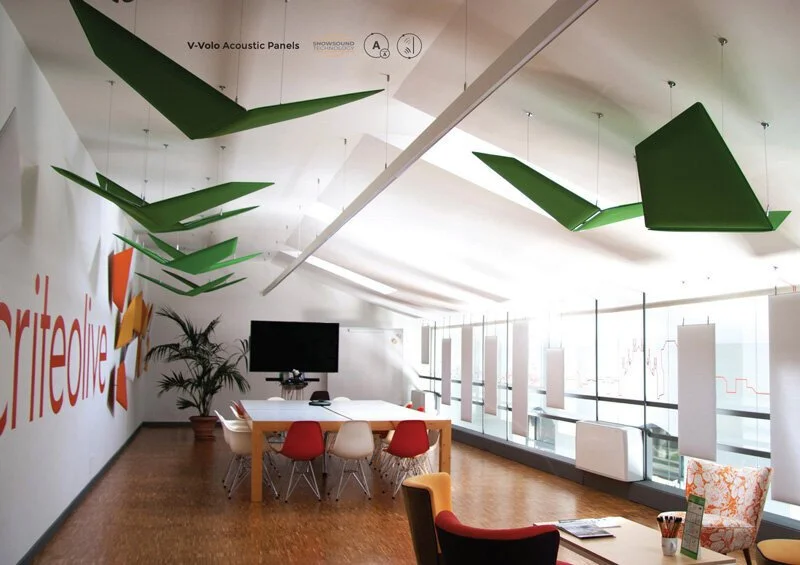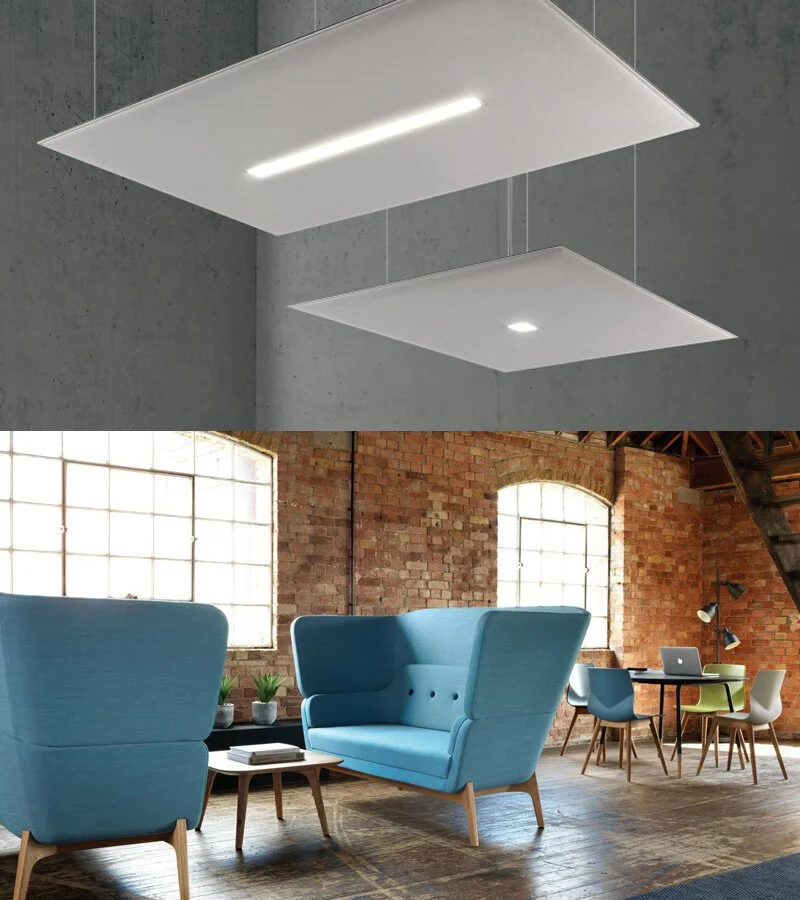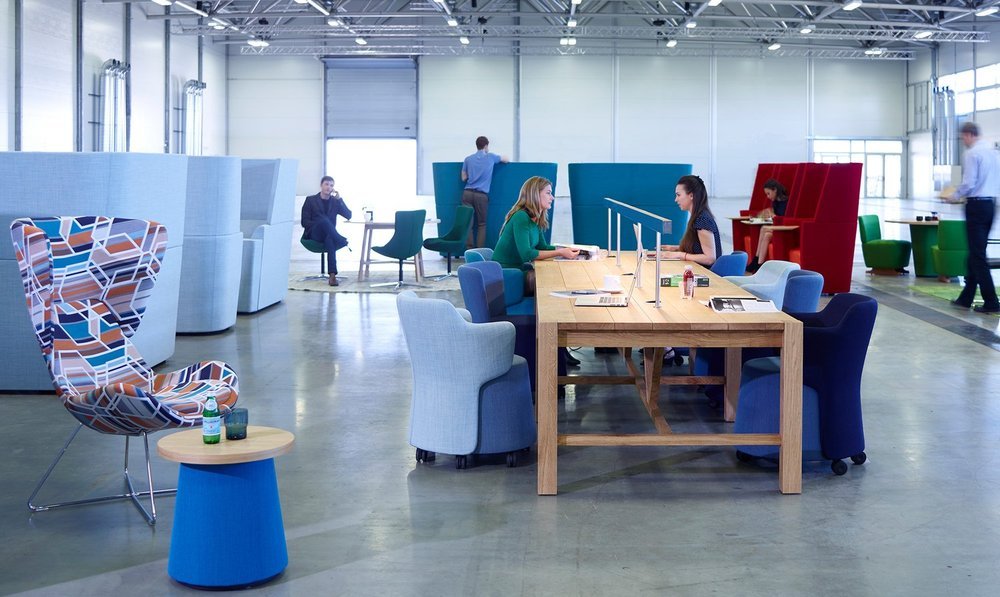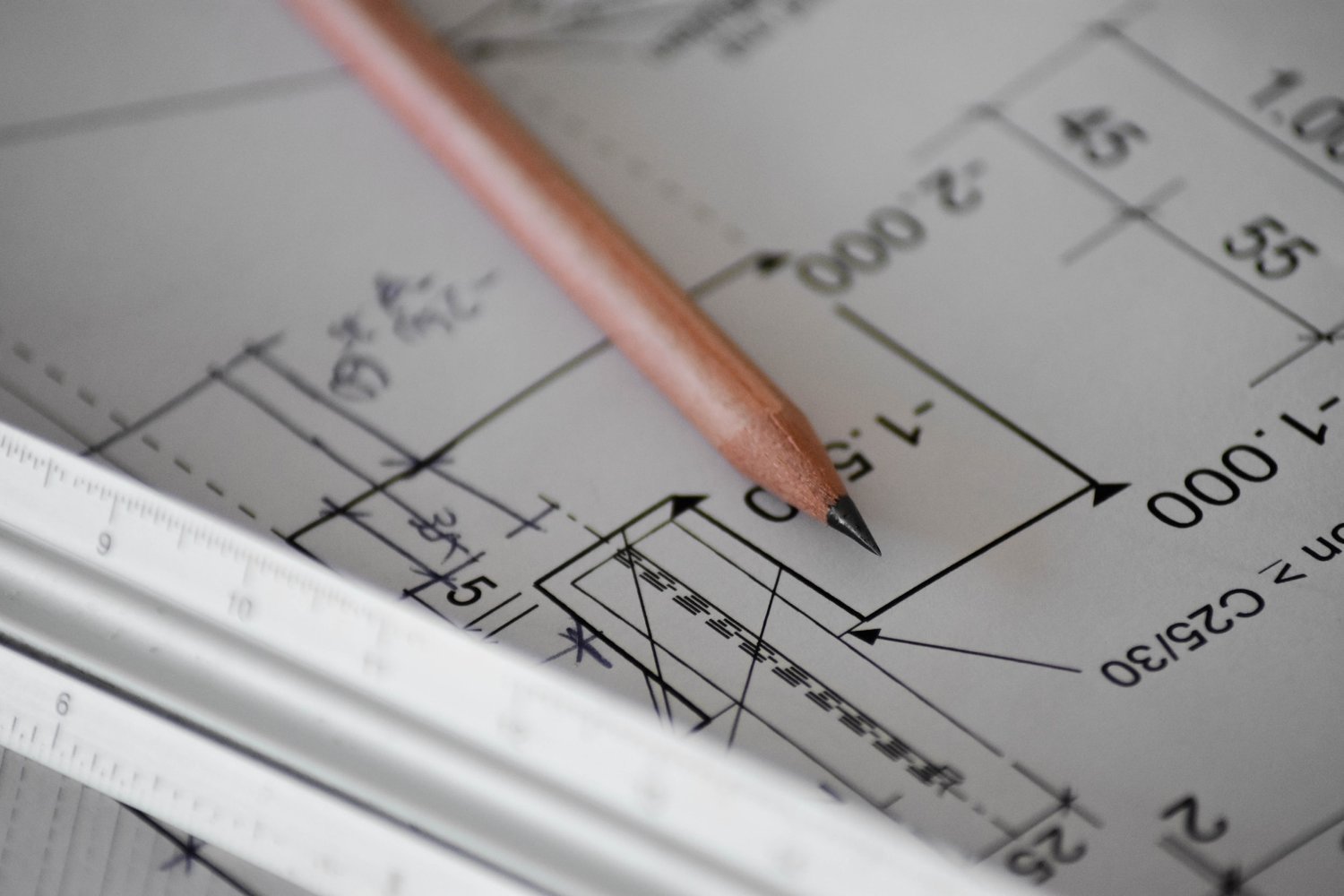Acoustic office furniture - the sound of business success
Download our office acoustics brochure
Modern offices are characterised by open spaces, where workers can easily interact, collaborate and communicate. One of the downsides of open plan offices is that disruptive noise is everywhere – telephones, conversations, printers, scanners and coffee machines.
According to some industry experts, the optimum sound level in a workplace is between 30-40 decibels. However, many open plan offices reach highs of 70 decibels – the equivalent of the noise made by a vacuum cleaner.
Background noise can cause a 66% drop in performance
Studies routinely show us that noise distractions can hinder office workers from carrying out their work accurately and efficiently. According to the Health, Wellbeing & Productivity in the Office Report, a study found a 66% drop in performance for a ‘memory for prose’ task when participants were exposed to different types of background noise. In a follow-up study the number of people who reported that their concentration was impaired by background noise rose to a staggering 99%.
Depending on the noise levels and types of noise, aside from loss of productivity, noise can also have a detrimental impact on worker’s health and stress levels.
Health complaints arising from noise include hearing damage, stress, raised blood pressure and accidents. A study by insurance company, Canada Life, reported that people who work in open plan offices take a staggering 70% more sick days than those who don’t.
The good news is there are solutions available to help you achieve optimum sound levels.
Designing your office space with acoustics in mind
Noise reverberation occurs when sounds are reflected off hard surfaces such as ceilings, walls, windows and furniture. When designing your office space it is important to understand what the space will be used for. There are usually four main working activities – focused work, collaborative work, social work and private work. Each of these types of activity require different areas or zones and very different acoustic solutions.
There are three general acoustic strategies – absorption, blocking and covering.
Absorbing sounds involves the use of products to absorb the sound energy that hits them in order to reduce unwanted, reflected sound energy off hard surfaces.
Blocking sounds involves the introduction of vertical barriers between the noise source and the listener.
Covering solutions involve wrapping hard surfaces, such as pillars or storage units, in soft fabrics to mask sound.
Let’s take a look at some of the acoustic product solutions available.
Acoustic wall mounted panels
Acoustic wall panels are used for the control of reverberation (echo) in a room. They reduce the amount of sound energy reflected off the walls, improving speech intelligibility and acoustic comfort in the room.
Acoustic ceiling mounted panels
In open plan offices, the ceiling is the largest uninterrupted surface. A poor acoustic ceiling can significantly compromise the acoustic performance and comfort of the space. By increasing the absorption of the ceiling, sound travels less efficiently across the space, reducing distraction. An acoustic ceiling also improves the performance of desk screens by minimising the sound reflected off the ceiling into adjacent workstations.
Free standing panels
Free-standing panels can be used in rooms to reduce reverberation where the installation of wall panels is not possible, for example, where partitions are glazed or where there is little available wall space. When several free-standing screens are used in open plan or breakout areas they can minimise distractions and therefore improve productivity.
Desk mounted screens play a significant role in creating privacy between work spaces - both acoustically and visually. The screens ‘disrupt’ sound as it travels across the office space, reducing distraction distance. Where acoustic screens have sound absorbing properties, they also prevent sound being reflected off the screen back into the workstation, improving acoustic comfort.
Acoustic Lighting
As well as acoustics, lighting plays a significant role in ensuring wellbeing and maximising productivity. The combination of both lighting and acoustics into one product creates an efficient and stylish solution to two interior requirements.
Acoustic furniture
High backed soft seating provides a happy medium between open plan collaborative spaces and enclosed confidential pods. Offering a space to communicate with colleagues, high back soft seating provides a degree of visual and acoustic privacy and reduces distractions.
These products form an important part of the design of an acoustically effective work environment – one with minimal noise distraction that will increase concentration and productivity.
Let us help you to assess your workplace to select the most effective products for each specific working zone.















